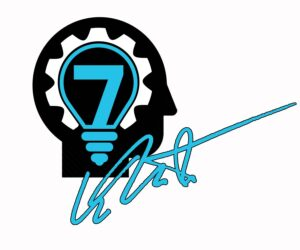You’ve probably heard of the phrase: “Good is the enemy of Great.” In fact, there’s a lot out there about the concept. Since there’s a popular book and more than enough published about it, I want to go the other direction. How about this: Good is the enemy of Great but it is not the only enemy. See where I’m going here? The comparison of “Good vs. Great” implies a measure of scale. Good is good but with some more effort it can become great, like comparing better than average to excellent.
Let’s go a little further here: on the other side of excellence is the other (there’s more than one, remember?) enemy – perfection. There I said it, the infamous “P” word. Infamous in that it can paralyze your business. Here’s another popular phrase: “The point of diminishing returns.” There is some imaginary line in the sand beyond good and beyond excellence. Past this line, our effort doesn’t make our service better. Not better in that not it’s noticeable to our clients or profitable to our business. The reason this area past this point exists is our fault because we haven’t defined our target standard of excellence, so we continue on this positive flight path well past good, beyond excellence, and into orbit.
This enemy of excellence is also subversive to scaling your business. If the only acceptable standard of things within your business is the undefined ideal of perfection, you’ll never be done with anything. Your employees won’t be either and while your clients might actually be happy, you won’t be.
Because perfection is more subjective than objective.
When it comes to scaling, there has to be intentional clarity around the definition of excellence. In an organization of any size, the people doing the work need to understand how much effort it takes to complete the task with excellence and at what point extra effort becomes counterproductive.
I call this The 90% Rule. There are a lot of applications for the 90% rule in business that deserve its own article (maybe its own book) but it applies here when we are designing a standard of work quality for ourselves and our employees. Certainly there are exceptions like brain surgery and packing parachutes. But perfection itself follows the rule too, 90% of the time we don’t need “perfection”, we need excellence. For the purposes of excellence, above 90% is a solid A on the report card. Sometimes on the curve, it’s an A+. But 100% perfection in every aspect of a business involving people, processes, clients, communication, and finite resources is not a realistic definition.
The territory passing excellence can become a devastating distraction for any business. The known question is – “Is it good enough?” And by good enough I don’t mean just OK but I also don’t mean perfect. The real question “Is it excellent?” If it is, then move on to the next item.
“Good” is not the only enemy of “Great” and you can avoid the “point of diminishing returns” by focusing on defined excellence.

Business owners and entrepreneurs are invited to take the Free Business Diagnostic Survey on the main page of the 7th Gear Coaching Website.










